Project-based and experiential learning is being infused into Holland Christian Middle School.
In contrast to HC’s Spanish Immersion program, Forest School does not extend into Holland Christian Middle School as a distinct program. That is purposeful, and based on research and experience with middle school kids: “What we’re doing is better than having a separate program at this age level,” said Andrew Kleyn, HC’s Director of Learning. “We’re taking what’s best about learning and education in general and infusing it into every grade and subject. And HC is working to include it for all students.”
Basically HCMS teachers are borrowing the best of “Forest Schoolesque” style of experiential, hands-on, authentic and off-site learning to slowly and intentionally infiltrate middle school learning in general. Not completely, and nothing is set in stone, but more project-based and experiential field-study learning can be found seeping into a class here, a unit there. “The world beyond school isn’t separated into class hours and subjects and this gives kids an opportunity to see that,” Andrew explained.
It’s been a steadily growing emphasis in the Middle School for a couple of years now, sparked in part by sixth grade science teacher Dave Nieuwsma’s interdisciplinary 9-week course called “Creation Keeping.” In Creation Keeping students “learn a little bit about everything, but the main goal is much more experiential—how do we live out what we’re learning, under the umbrella of creation keeping as a discipleship practice that we say is important,” Dave explained. “It’s super fun—it’s awesome!”
In the Creation Keeping class, sixth graders learn how they can be more appreciative and observant of this earth, how can they help take care of God’s world from a Christian perspective. They have been taking weekly expeditions to the ODC, Saugatuck Dunes, Eighth Day Farm, or even their own Middle School pond to journal, help, observe, collect data, research, pray. They learn how to compost, build bird nesting boxes, build shelters, tie knots, but also observe, help others, sit still in wonder.
“That’s hard for kids! It’s giving kids more exposure to how what they learn connects to outside of school,” Dave said. “You learned how to make an angle in math—can you do that on a nest box, put it up, and then see a bird there at the end of the year?”
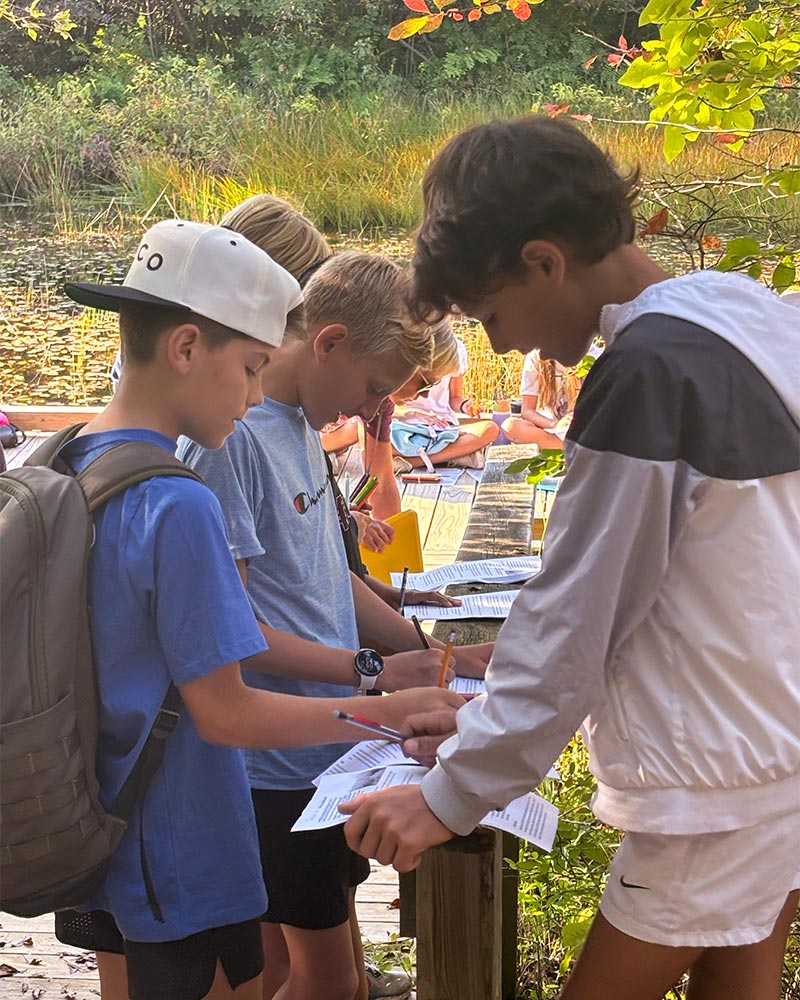
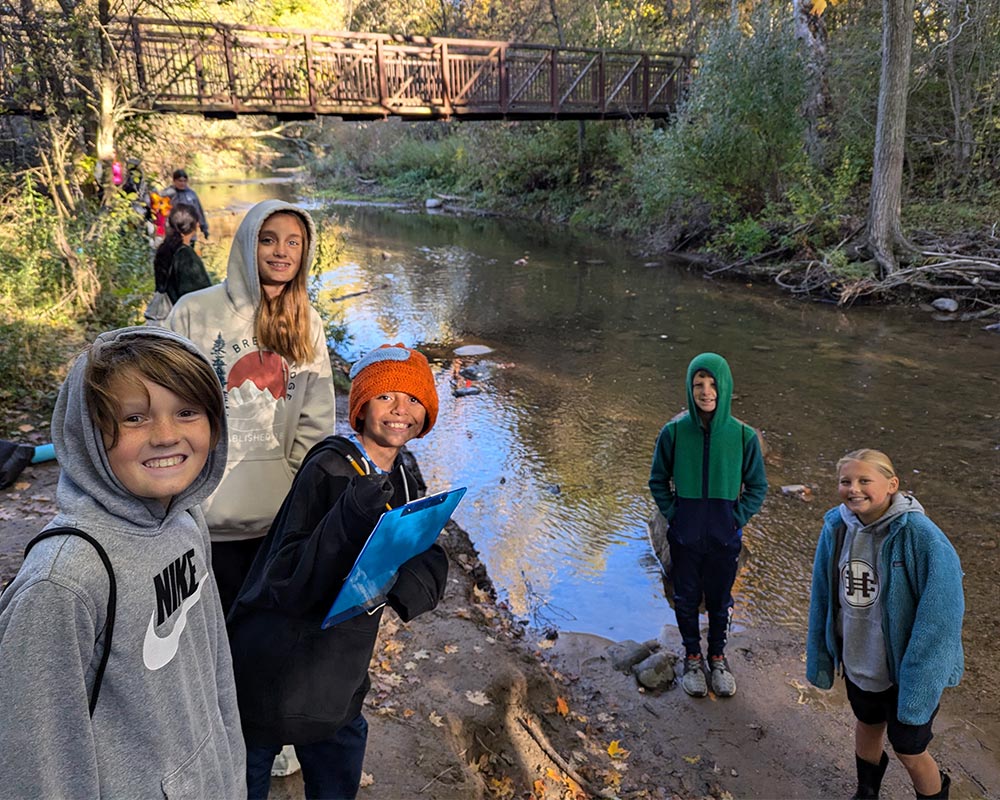
Similar learning is happening in core subjects: Katie Boer ’06 enhanced sixth grade math by adding several life-relevant projects like “Ratio Restaurant,” where kids cook a meal based on accurate ratios and fractions, and “Geometrocity” where kids apply shapes and angles to build a miniature city together. Meredith Beukelman ’09 has added multiple excursions and dune studies to seventh grade science, where students gather real life data and compare with past students’ dune and lakeshore findings. Michelle Styf ’99 and her eighth grade science students studied invasive species, then actually ripped them out around the HCMS pond, and presented their findings to the parent community. Lisa Lundy takes her eighth grade English students outside for journaling, reading, and research conversations. Sixth grade English teacher Jamie Dannenberg ’01 and Nieuwsma plan monthly interdisciplinary sixth grade “edventures” at places like Camp Beechwood, VanRaalte Farm, and the Outdoor Discovery Center (ODC).
One of these interdisciplinary excursions was at the ODC in September, where sixth grade science students researched the water’s health, studying macroinvertebrates, then applied their research back in the classroom, sorting through what water health means for them personally and their daily water use. For English, the same sixth grade students practiced reading and decoding informational text, as well as nature journaling—learning that can better fit the attention span of a 12-year-old student outside than inside all day on a block day, the teachers found. Besides, taking vocab quizzes and reading outside in hammocks involve more learning than you may think: Just imagine 40-some sixth graders problem solving how and where to hang hammocks, how to tie them up, how to get them down, how to read comfortably and sustainably in them—a whole learning aspect that doesn’t typically happen inside walled classrooms!
“There’s a component of all of this that is mental health and emotional health—whole child wellness. There’s a factor of getting outside and doing stuff that is engaging,” Dave explained, describing how much calmer and composed students are on the bus ride back after these “edventures” than on the way out.
At VanRaalte Farm, sixth graders assessed stream habitat as part of their water unit—just using real geologist tools and in an authentic setting. “Let’s do real science the real way, not just ‘dumb it down’ for kids,” Dave said. “It also gives exposure to a career connection—if you like this, you can do this for your job. They’re learning collaboration and had to work as a team. They’re practicing non-fiction reading—how do I read non-fiction text to gain understanding?”
Not only does authentic outdoor learning offer “a meaningful chance to reflect on the beauty and wonder of God’s handiwork…allowing them to engage their senses in a more natural, hands-on environment,” HCMS principal Tom Strikwerda commented, but “both experiential and outdoor learning spark curiosity and excitement as students interact with creation and see relevance in their learning, leading to greater engagement.”
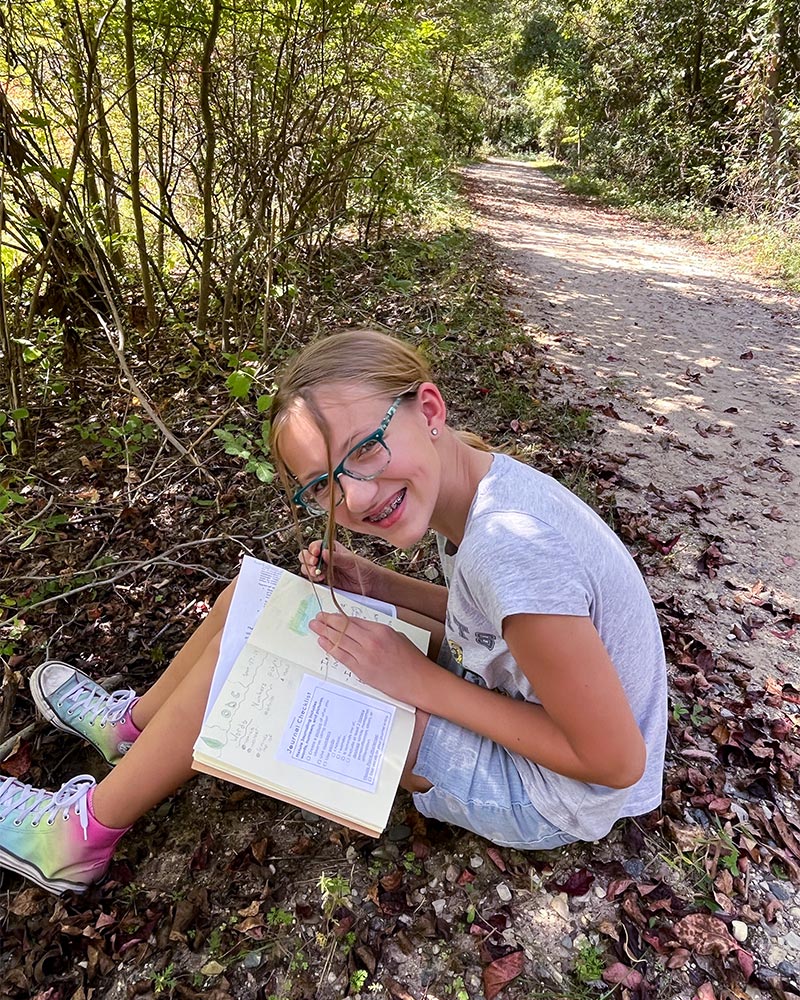
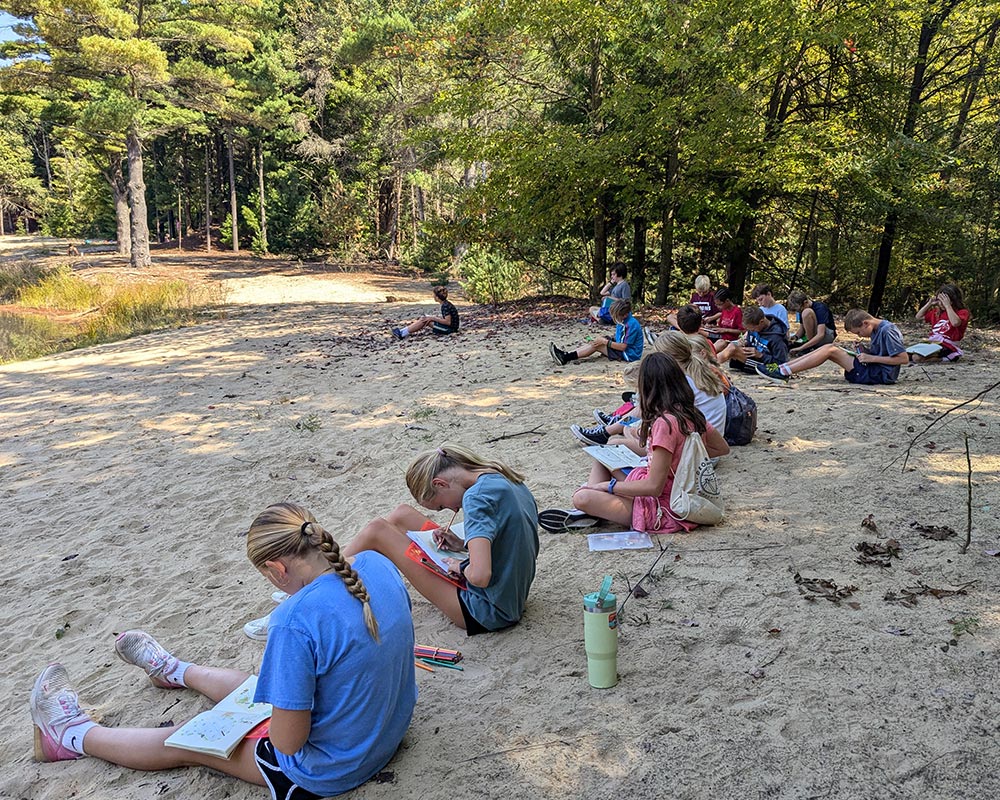
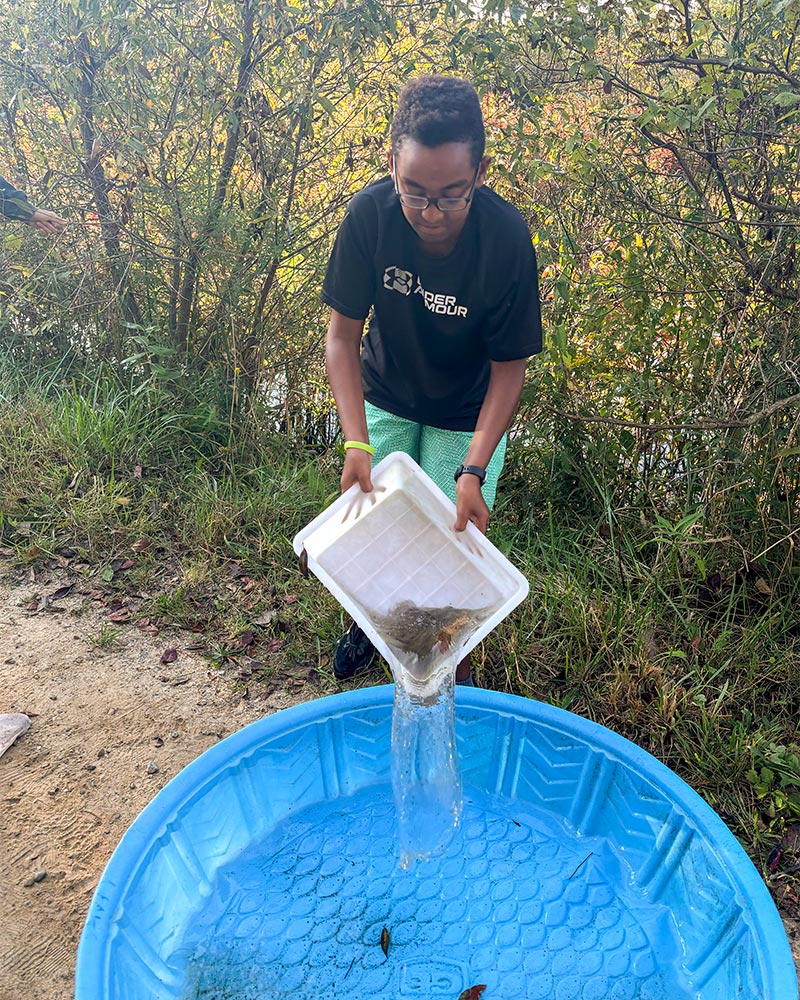
Ted Malefyt, Education Network Manager at the ODC and former middle school teacher himself, agrees that this version of education is better for middle school kids: “Middle school students need to have these relevant connections to knowledge and skills included in education, and we have this easiest through the outdoors, where it’s readily available,” he said. “And it should not be something that is only for some kids, but for all kids. From a Christian faith, we have these discipleship practices, but it doesn’t mean just Creation Keeping—our responsibility is to infiltrate all of students’ other learning as well, living these core values out outside of just Bible class.”
Plus “middle school kids are still kids, and need opportunities to play, explore,” Ted added. “That should all be a part of their growing up and becoming the adults that we are wanting them to be.”
Believe it or not, teaching outside and intentionally experientially does not make teachers’ jobs easier: It’s not just letting kids play outside, but includes hosts of additional details to plan things like busing, make chaperone and weather arrangements, intentionally arrange off-site learning to match with state standards and school discipleship practices, prep kids for authentic research tasks, teach them how to learn outdoors and in public, be able to adapt and adjust on the fly. Teachers are “on” continually and in ways much more difficult than staying inside their four-walled classrooms.
“Our incredible middle school staff has done an outstanding job of bringing learning to life by incorporating experiential and outdoor learning into their lessons,” Tom added. “Their creativity and dedication to making learning meaningful and engaging for students is truly commendable!”
“HC is blessed with some really amazing teachers willing to do it, who are willing to do the hard work,” Ted reiterated.
Have Questions?
We look forward to meeting you and your family and introducing you to the fresh, creative, personalized education at Holland Christian! We are here to help! Get in touch using the contact form linked below or call us at 616.820.2805.


